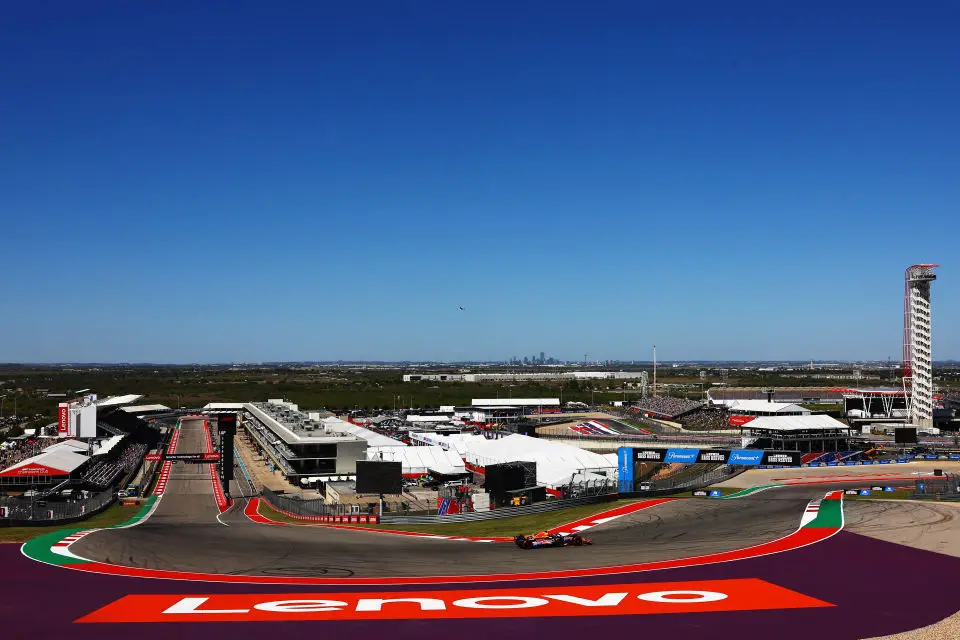F1 Controversy: Insider Analysis Reveals Potential Widespread Plank Test Failures Post US GP
The aftermath of the US Grand Prix has stirred up controversy in the F1 world, with former manager Peter Windsor speculating that more cars might have failed the plank test, beyond the disqualified Lewis Hamilton and Charles Leclerc. Windsor’s insights shed light on potential oversights in FIA’s scrutiny process and the tactical decisions by teams.
Key Takeaways:
- Potential Oversight in FIA Scrutiny: Peter Windsor highlighted that only four cars in the top six were checked for plank wear, raising questions about whether more cars would have failed the test if more thorough checks were conducted. His analysis suggested a possible inconsistency in the FIA’s current scrutiny method.
- Team Strategies and Plank Wear: Windsor pointed out that longer stints with heavy fuel loads, as seen with Leclerc, Ricciardo, and Hamilton, could have contributed to excessive plank wear. He indicated that Red Bull’s strategy of shorter stints might have been a deliberate move to avoid such issues, showcasing their preparation and understanding of the risks involved.
- Speculation on Other Cars’ Legality: The conversation turned to whether cars like those of Daniel Ricciardo, Nico Hulkenberg, and Lance Stroll might also have failed the plank test, given their similar race strategies to those disqualified. Windsor’s remarks sparked debate on whether FIA’s testing methods are adequate and whether changes might be needed to ensure fairness and compliance.


After the drama-filled US Grand Prix, the F1 community is abuzz with speculations and insights from industry insiders like former team manager Peter Windsor. His analysis of the disqualifications of Lewis Hamilton and Charles Leclerc has opened a broader discussion about the FIA’s scrutiny methods and how team strategies might affect the legality of cars.
Windsor, in his post-race YouTube stream, meticulously dissected the race strategies, especially focusing on the length of the first stints when the cars are heaviest. His observation that Leclerc, Ricciardo, and Hamilton had notably long first stints, possibly contributing to the excessive plank wear, highlights a critical aspect of race strategy often overlooked.
In contrast, Windsor praised Red Bull for their shorter stints with Verstappen and Perez, suggesting it was a well-informed strategy to mitigate the risk of plank wear. This insight not only shines a light on Red Bull’s race preparations but also raises questions about the strategies of other teams.
Further fueling the controversy, Windsor speculated on the legality of other cars like those of Ricciardo, Hulkenberg, and Stroll, who weren’t scrutinized but had similar race profiles to those disqualified. He pointed out that Alonso’s floor collapse and Hamilton’s unexpectedly high performance could be indicators of potential plank wear issues.
Windsor’s comments underscore a significant concern in F1 racing: the balance between strategic risk-taking and compliance with technical regulations. His analysis prompts a reevaluation of FIA’s testing methods and whether a larger sample size should be considered for testing to ensure a level playing field.
In conclusion, the implications of Windsor’s analysis are far-reaching, affecting not only the teams involved but also the governing body’s approach to ensuring fairness and compliance in the sport. This situation opens up a broader conversation about the intricacies of F1 racing strategies and the need for more comprehensive and consistent regulatory oversight.



